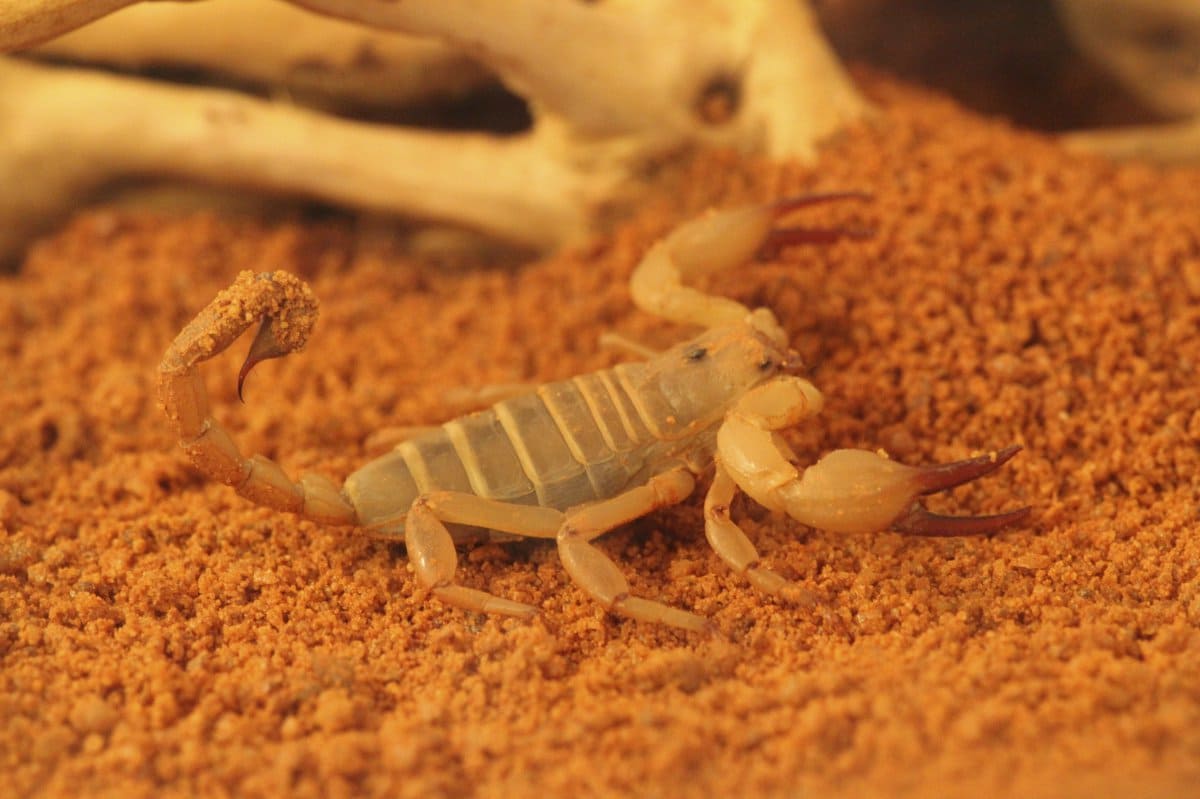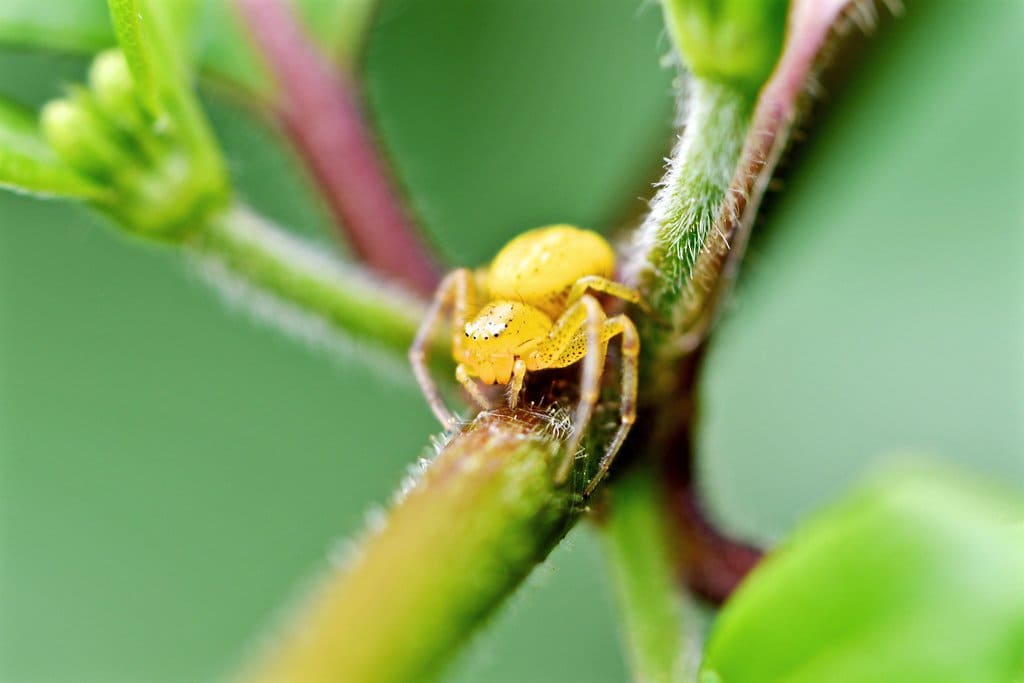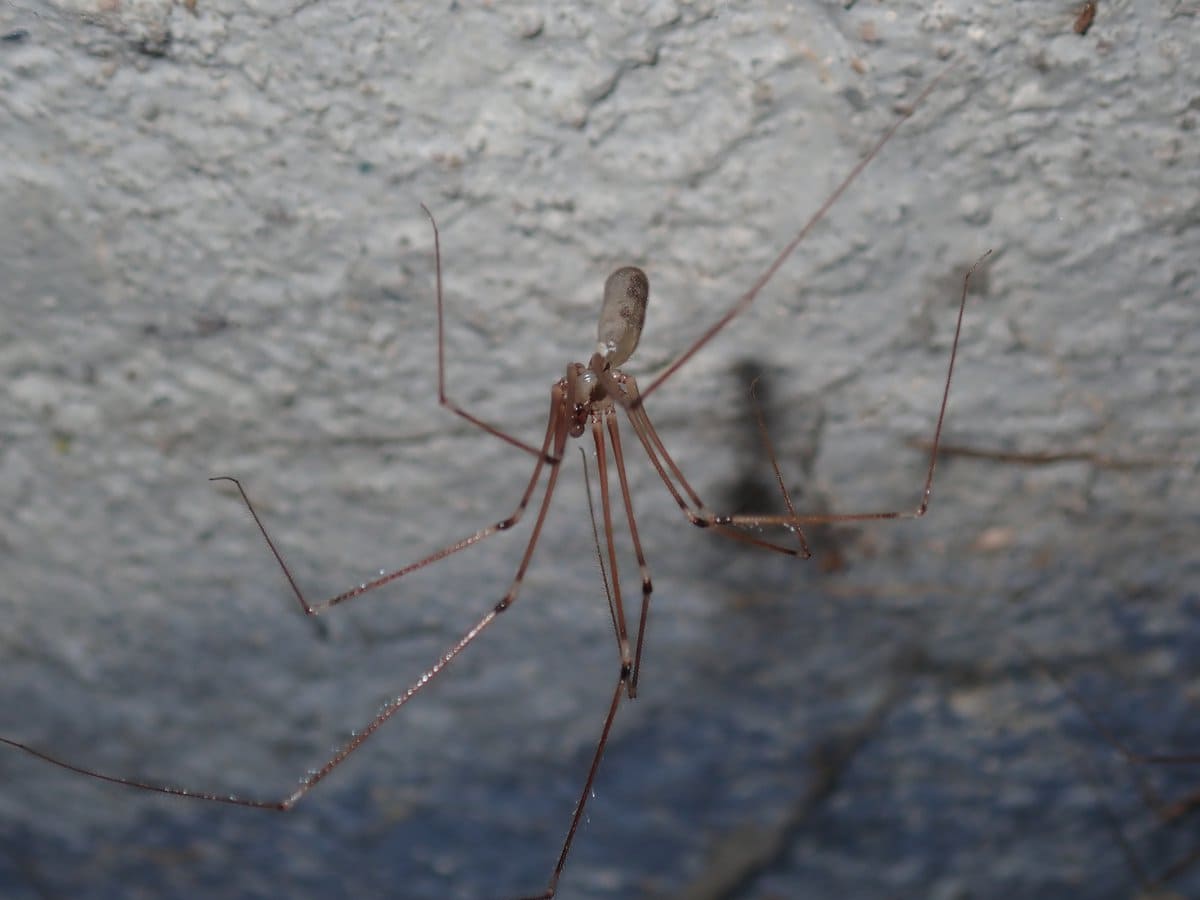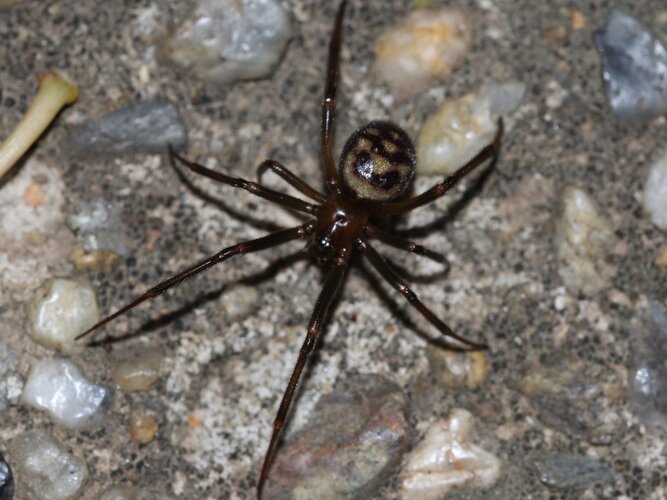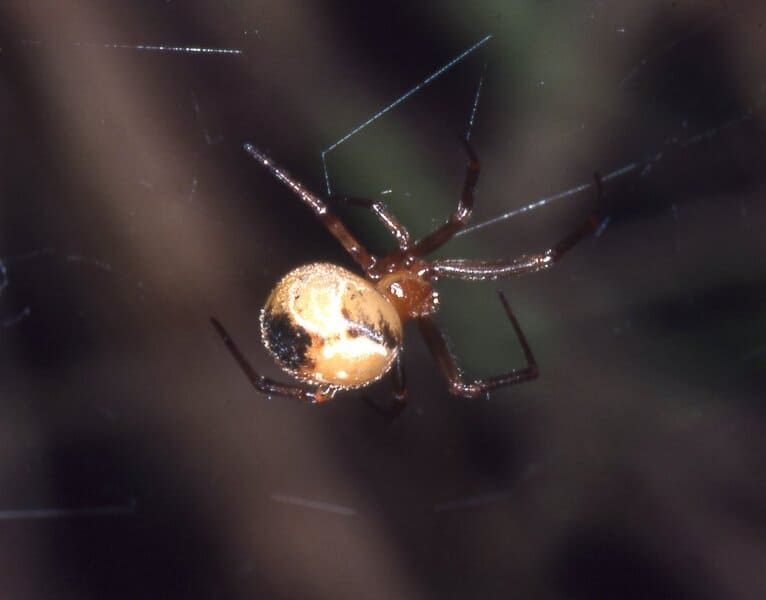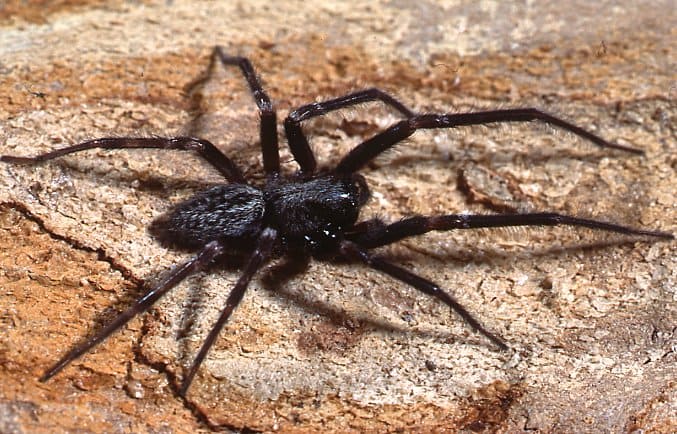Desert Scorpion
IUCN
LCBasic Information
Scientific classification
- name:Desert Scorpion
- Scientific Name:Urodacus yaschenkoi
- Outline:Arthropoda
- Family:Urodacidae Urodacus Urodacus yaschenkoi
Vital signs
- length:Adults ~60–80 mm (variable)
- Weight:Medium-sized scorpion; weight varies with individual and condition
- lifetime:Approx. 5–10 years (wild vs. captivity differences)
Feature
Arid-zone scorpion; nocturnal; deep burrows; strong pedipalps plus sting; viviparous with back‑carried young.
Distribution and Habitat
Arid and semi‑arid interior of Australia; sandy/gravelly soils with shrubs and grasses; daytime burrows and stone/log refuges.
Appearance
Sandy yellow to reddish‑brown; robust claws; solid body; moderately stout tail with fine sting.
Details
In Australia, the name Desert Scorpion commonly refers to the Yellow Desert Scorpion(Urodacus yaschenkoi) of the family Urodacidae. It is a medium‑sized arid‑zone scorpionadapted to desert and semi‑desert habitats. It digs relatively deep burrows to escape heat and desiccation and emerges at night to hunt.
Ecology & Biology
Activity: strongly nocturnal; by day it shelters in self‑dug burrows or beneath stones and logs.
Diet: feeds on insects, spiders, centipedes and other small arthropods, using its powerful pedipalps and, when needed, the stinger to subdue prey.
Reproduction: viviparous; newborn scorplings climb onto the female’s back and stay there until after the first moult.
Behaviour: relies on deep burrows to buffer extreme surface temperatures and low humidity typical of desert environments.
Identification
Body length: adults around 60–80 mm (excluding posture of claws and tail), with considerable individual variation.
Colour: shades of sandy yellow, yellow‑brown or reddish‑brown, often closely matching the surrounding soil or gravel.
Build: robust pedipalps, solid mesosoma and a moderately stout metasoma with a fine, sharp aculeus.
Range & Habitat
The Yellow Desert Scorpion occurs in the arid and semi‑arid interior of Australia, favouringsandy or gravelly substrates with low shrubs and grasses. It digs burrows that may extend tens of centimetres below the surface.
People & Safety
Medical relevance: generally low to moderate for healthy adults. Stings cause intense local pain with redness and transient tingling or swelling. Severe systemic effects appear to be uncommon but children, older people and allergy‑prone individuals require special care.
Precautions: when camping in desert regions, check boots, clothing and bedding, avoid walking barefoot at night and shake out gear. If stung, wash the site, apply a cold pack and rest. Seek urgent medical help if there are signs of breathing difficulty, widespread rash or persistent severe pain.
IUCN: Urodacus yaschenkoi is currently Not Evaluated (NE).
FAQ
Q1. Is the Desert Scorpion highly lethal? For healthy adults it is generally not regarded as highly lethal, though the sting isvery painful and some people may experience stronger reactions.
Q2. Where is it during the day? Usually inside deep burrows or hidden under rocks and logs; avoid careless rock‑turning to prevent stings and habitat damage.
Q3. Can it be kept in captivity? Only where legal, and with appropriate care: dry sandy substrate, deep retreat, temperature gradient and no bare‑hand handling.
Q4. How does it differ from the Black Rock Scorpion? Desert Scorpions are typically sandy‑yellow to yellow‑brown and associated with arid habitats, whereas Black Rock Scorpions aredark brown to black and more common on rocky slopes and woodland margins.

